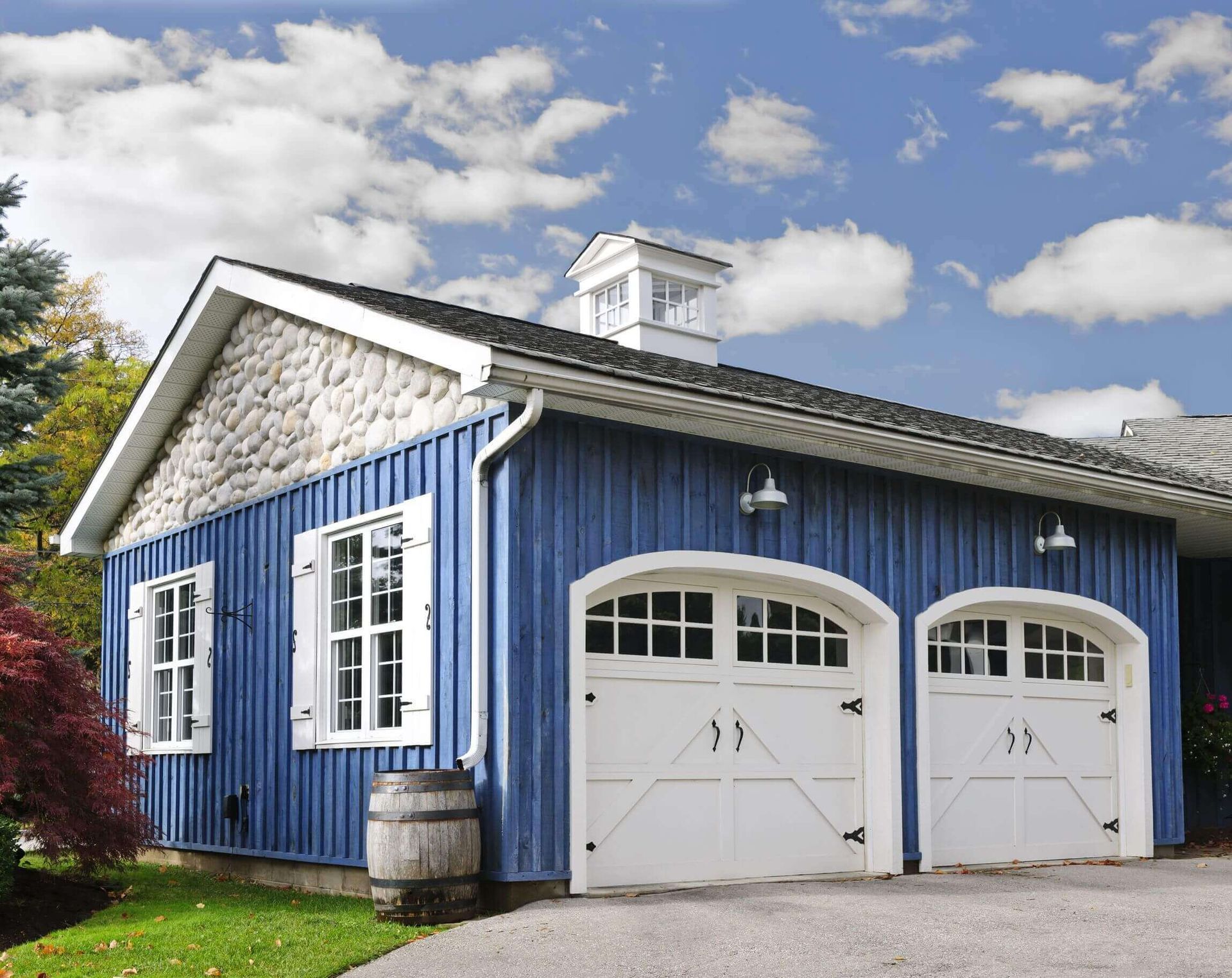Should You Upgrade Your Garage Doors From Manual to Automatic Types?
Should You Upgrade Your Garage Doors From Manual to Automatic Types?

If buying a new home or garage door, manual garage doors are less prevalent. When looking for a new garage door, automated designs are more common than manual ones. Older homes frequently feature manual models, but if you so choose, you can still upgrade your current garage door.
Automatic models are popular among modern home builders and buyers, and while they have many advantages, they also have certain disadvantages. Common inquiries concerning installing an automatic versus a manual garage door have been compiled by us.
Jump to questions:
1. Can I make my manual garage door automatic?
2. Do automatic garage doors increase home value?
3. How much do automatic garage doors cost?
4. What are the benefits of automatic garage doors vs. manual?
5. What are the main drawbacks of automatic garage doors?
Can I make my manual garage door automatic?
You might be wondering if it is even possible to install or convert your manual garage door into an automated if you have recently purchased a home with a manual garage door or are looking to buy a new one.
Do automatic garage doors increase home value?
Yes. Homeowners can expect an 85% or greater return on investment by installing a new automatic garage door versus keeping their manual garage door.
How much do automatic garage doors cost?
Consider the features and design that are crucial to you if you decide to switch from your current manual garage door to an automatic one. Prices vary widely depending on brand, style, and configuration.
An automatic single garage door will typically cost between $590 and $1,600 to install in 2022. Installing a double automatic garage door will cost you between $790 and $1,600. Typically, each door will cost $350 to install.
What are the benefits of automatic garage doors vs. manual?
- Automatic models are safer than manual ones, particularly if you have young children or pets in your home.
- Security and protection. Automatic garage doors offer more safety features than manual garage doors.
- Convenience. You don’t have to get out of your car or truck to open it, meaning you stay dry, warm or what have you until you get inside your home.
- Custom design. You typically have more options in terms of material, color, and design when you opt for an automatic model, as most modern garage door companies produce this type of door.
- Custom settings. You can generally customize how fast or slow it opens and closes.
- Durability. They are more resistant to damage to manual models because they have sensors that prevent them from closing when obstructions are present.
There are, however, several drawbacks worth noting.
What are the main drawbacks of automatic garage doors?
The use of an automatic garage door has a number of disadvantages. For instance, they:
commonly cost more than manual models.
Installation is more difficult than with manual models since proper configuration is needed.
typically necessitate professional installation due to the dangers involved.
In conclusion, the majority of contemporary homeowners favor automatic models. You might be able to convert your current manual garage door to an automatic one, depending on the type and state of the door. Call Fix N Go Service at Houston (832) 400 2992 Austin (512) 543-7324 right away for a free evaluation of your manual garage door.




